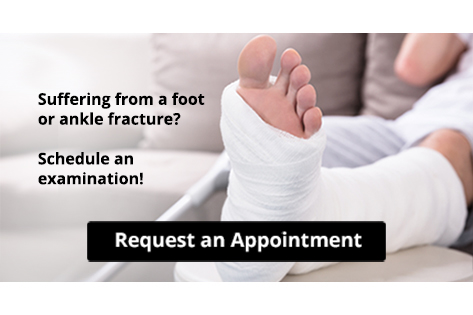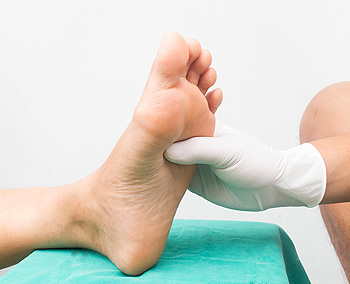
Embarking on a running journey is a pursuit of both physical fitness and mental well-being. To ensure a sustained and injury-free experience, incorporating preventive measures into your running routine is paramount. A key way to prevent running injuries is to begin with a dynamic warm-up routine, encompassing stretches that target key muscle groups. Consistent strength training that focuses on the core and lower body fortifies the muscles, reducing the risk of overuse injuries in the feet. Investing in quality footwear that suits your foot type and running terrain is a cornerstone of injury prevention. Gradual progression in mileage and intensity allows the body to adapt, minimizing the strain on foot's many muscles and joints. Listening to your body and recognizing early signs of fatigue or discomfort enables timely adjustments to prevent injuries. Post-run stretches that emphasize flexibility aid in muscle recovery and maintain joint suppleness. By integrating these strategies, runners can safeguard against injuries and nurture flexibility, fostering a sustainable and fulfilling running experience. If you are experiencing foot or ankle injuries related to running, it is suggested that you make an appointment with a podiatrist.
All runners should take extra precaution when trying to avoid injury. If you have any concerns about your feet, contact one of our podiatrists of InStride Family Foot Care. Our doctors will treat your foot and ankle needs.
How to Prevent Running Injuries
There are a lot of mistakes a runner can make prior to a workout that can induce injury. A lot of athletes tend to overstretch before running, instead of saving those workouts for a post-run routine. Deep lunges and hand-to-toe hamstring pulls should be performed after a workout instead of during a warmup. Another common mistake is jumping into an intense routine before your body is physically prepared for it. You should try to ease your way into long-distance running instead of forcing yourself to rush into it.
More Tips for Preventing Injury
- Incorporate Strength Training into Workouts - This will help improve the body’s overall athleticism
- Improve and Maintain Your Flexibility – Stretching everyday will help improve overall performance
- “Warm Up” Before Running and “Cool Down” Afterward – A warm up of 5-10 minutes helps get rid of lactic acid in the muscles and prevents delayed muscle soreness
- Cross-Training is Crucial
- Wear Proper Running Shoes
- Have a Formal Gait Analysis – Poor biomechanics can easily cause injury
If you have any questions, please feel free to contact our offices located in Concord, Charlotte, and Salisbury, NC . We offer the newest diagnostic and treatment technologies for all your foot care needs.









